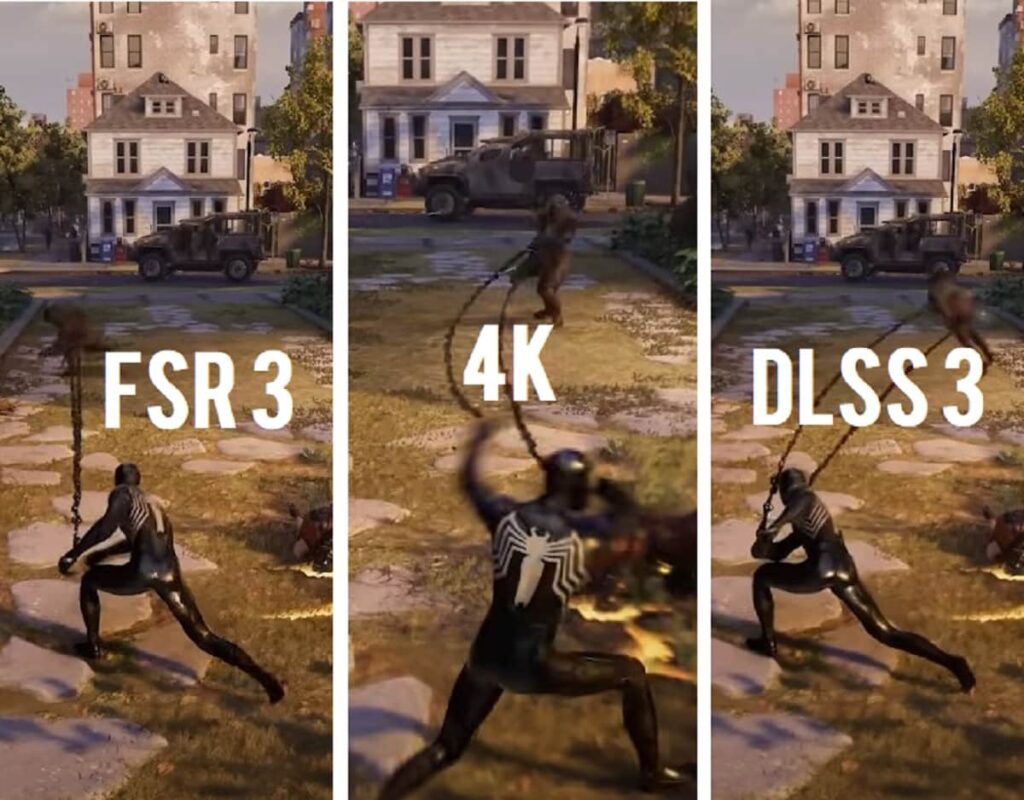Are you tired of the same old PC monitor experience? Well, hold onto your seats because we’ve got astonishing news for you! Alex has joined team OLED, and he’s using an OLED TV as his PC monitor. In this article, we’ll delve into the pros and cons of using an OLED TV for PC gaming and productivity. Buckle up, folks!
Pros of Using an OLED TV as a PC Monitor
1. Effortless Setup
Setting up the OLED TV as a PC monitor is a breeze. Just plug in an HDMI cable, and voilà! The TV recognizes your PC automatically. No manual toggling required.
2. Smooth 4K 120Hz Gaming
Are you a gaming enthusiast? Alex plugged his OLED TV into an RTX 3080 Ti, and it effortlessly ran games at 4K 120Hz. The visual experience was nothing short of glorious, with high frame rates and superb clarity.
3. Game-Changing Black Levels
OLED TVs are renowned for their unparalleled black levels. Coming from a traditional LCD monitor, Alex was genuinely amazed by the deep, inky blacks that OLED delivers.
4. Game Optimizer with BFI
One standout feature is the Game Optimizer, which offers Black Frame Insertion (BFI). BFI eliminates motion blur, making games look remarkably similar to a CRT monitor. Alex highly recommends enabling BFI for an immersive gaming experience.
5. Competitive Pricing
Believe it or not, OLED TVs are becoming competitively priced compared to high-end PC monitors. Alex snagged his OLED TV for an astonishing $675, a fraction of the cost of some PC monitors with similar features.
6. Multiple HDMI Ports
Most OLED TVs come equipped with multiple HDMI 2.1 ports. This abundance of HDMI ports allows you to connect various devices, such as gaming consoles, streaming devices, and PCs, simultaneously.
7. Built-In Apps and Speakers
OLED TVs often include built-in apps like Netflix and decent speakers. This means you can enjoy streaming content and gaming without additional peripherals.
Cons of Using an OLED TV as a PC Monitor
1. Subpixel Arrangement Quirk
One minor quirk Alex noticed is the subpixel arrangement, which can affect the rendering of certain colors like yellows and light greens at the edges of the screen. This issue is due to a different subpixel arrangement compared to traditional monitors.
2. Windows Scaling Challenges
Windows may not perfectly scale fonts and UI elements due to the unique subpixel arrangement of OLED TVs. While ClearType can help with text rendering, other issues might persist.
3. Limited Stand Adjustability
OLED TVs may not be as desk-friendly as dedicated PC monitors. Their stands may not offer the same level of adjustability, which could lead to cable management challenges.
4. Compatibility with Certain Applications
Some applications, like Adobe Premiere, might exhibit flickering or performance issues when used with OLED TVs. Fine-tuning settings in the Nvidia Control Panel may help mitigate these problems.
Conclusion
In the battle of OLED TV vs. PC monitor, it’s clear that OLED TVs offer an exciting alternative for PC gaming and productivity. The stunning visuals, competitive pricing, and built-in features make them a compelling choice. However, users should be aware of minor quirks like subpixel arrangements and software compatibility issues.
So, if you’re ready to embrace the future of PC monitor technology, consider giving an OLED TV a try. Who knows, you might be as astonished as Alex by the remarkable experience it offers!




